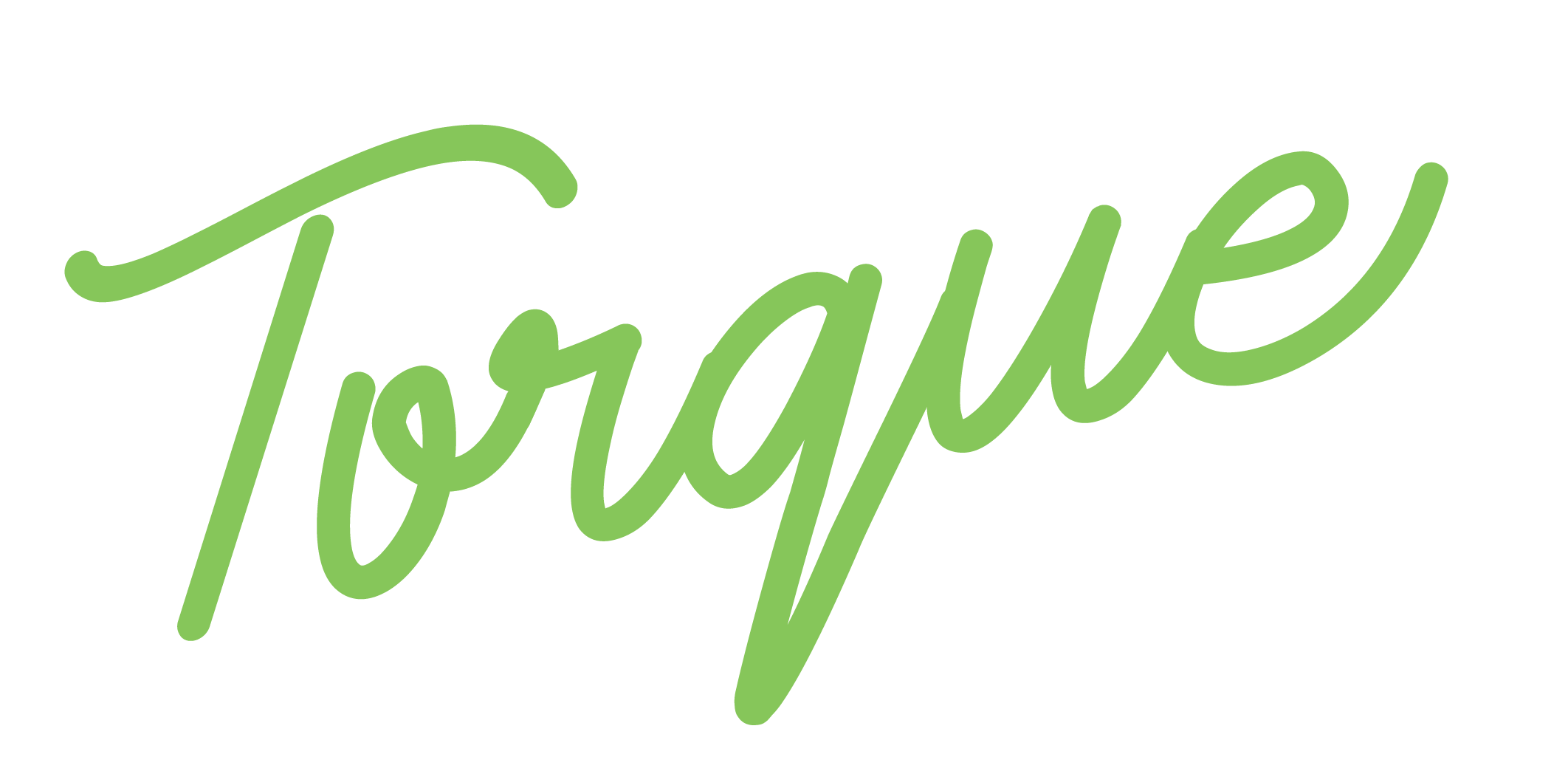
Off-boarding, Advocacy & Embedding EX
Sep 17
/
Hannelie Pretorius

A Fond Farewell or a Fallout Fiasco?
Reputation, a crucial social currency, often dictates how individuals are perceived within their communities. When it takes a hit, people often react like cats in a thunderstorm, all fluffed up and defensive. Psychology shows we tend to cling to our haloed image, scrambling to smooth over the cracks. It's cognitive dissonance in action—our brains hate the idea of others seeing us as less than perfect. To bounce back, we might throw in a charm offensive, tossing out heartfelt apologies or rallying our mates to vouch for us.
In business, reputation is the shiny trophy on the shelf—everyone admires it until the shine fades. When a company’s rep takes a hit, the ripple effects are real, especially with off-boarding employees. Think of it as a break-up; if handled poorly, you’ll find your ex-employee airing dirty laundry to anyone who’ll listen. That's where embedding a solid EX comes into play. Happy people turn into brand advocates, boosting your reputation and turning potential PR nightmares into tales of triumph. After all, a company with a great reputation attracts not just customers but also talent, making it the place to be.
One of the most common misconceptions we’ve come across with our clients is that off-boarding is non-essential. By treating off-boarding as a mere formality, a done-and-dusted deal, you miss a perfect opportunity to turn ex-employees into advocates and brand ambassadors.
In business, reputation is the shiny trophy on the shelf—everyone admires it until the shine fades. When a company’s rep takes a hit, the ripple effects are real, especially with off-boarding employees. Think of it as a break-up; if handled poorly, you’ll find your ex-employee airing dirty laundry to anyone who’ll listen. That's where embedding a solid EX comes into play. Happy people turn into brand advocates, boosting your reputation and turning potential PR nightmares into tales of triumph. After all, a company with a great reputation attracts not just customers but also talent, making it the place to be.
One of the most common misconceptions we’ve come across with our clients is that off-boarding is non-essential. By treating off-boarding as a mere formality, a done-and-dusted deal, you miss a perfect opportunity to turn ex-employees into advocates and brand ambassadors.
Off-boarding myths and missteps exposed
- “Off-boarding is trivial.” Off-boarding provides valuable feedback that helps the company grow and improves risk management—covering reputation, security, and legal aspects.
- “We will get brand ambassadors organically.” Relying on positive word-of-mouth to happen naturally can lead to disengaged employees and missed advocacy opportunities.
- “We'll fix it if it breaks” Believing that you can quickly repair a damaged reputation is like trying to mend a fence with duct tape—it might not hold up. It's always more efficient and effective to proactively manage your reputation than to scramble to fix it once the damage is done.
- “But we have a great onboarding process.” Research reveals a significant gap: while 58% of organisations have a formal onboarding process, only 29% have a formal off-boarding process. This discrepancy highlights a trend where companies invest more effort into welcoming new employees than in managing their departure. Focusing solely on onboarding is a missed opportunity!
- “Employees only leave if they're unhappy.” Wrong! Employees leave for a variety of reasons—better job offers, immigration, personal challenges, retrenchment, and more.
- “Once an employee leaves, their employee experience (EX) ends.” Not true! Employee experience doesn't have a defined end—they might return to work for you, act as brand ambassadors, or become your customers.
So, how do you have better goodbyes?
Off-boarding can sometimes feel like a hurried goodbye at the end of a party. But what if you could turn it into a more memorable send-off? It’s about making sure that even as your employees head off into new adventures, they do so with a smile and a great story to tell. Here’s how Torque’s Four Pillars of EX can help you make those final goodbyes truly impactful.
Community
Keeping a sense of community alive even after employees leave is key. A thoughtful off-boarding process, complete with exit interviews and farewell events, shows you truly value their time with the company. After their departure, keep the connection strong by creating a network for former employees. Invite them to company events, share updates, and offer opportunities for professional growth. Staying in touch not only keeps them engaged but also encourages them to speak positively about your company and possibly return in the future.
Keeping a sense of community alive even after employees leave is key. A thoughtful off-boarding process, complete with exit interviews and farewell events, shows you truly value their time with the company. After their departure, keep the connection strong by creating a network for former employees. Invite them to company events, share updates, and offer opportunities for professional growth. Staying in touch not only keeps them engaged but also encourages them to speak positively about your company and possibly return in the future.
Reward
Recognising the contributions of departing employees shouldn’t stop just because they're leaving. Offering career development resources, like career coaching or job search support, shows that you’re invested in their future success. Celebrating their achievements and acknowledging their hard work before they go can leave a lasting positive impression. These thoughtful gestures can turn former employees into enthusiastic advocates for your company, boosting your reputation.
Function
A smooth off-boarding process is crucial for managing the practicalities of an employee's departure. Make sure tasks like returning company property and managing access are handled efficiently. Also, keep an eye on your company’s online reputation with tools like Google Alerts and social listening. Responding quickly to feedback, whether it’s positive or negative, shows you’re committed to addressing any issues. This careful management helps maintain a strong employer brand and prevents potential disruptions or security concerns.
Conversations
Exit interviews aren’t just a formality—they’re a chance for open and honest conversations. Use this opportunity to gain insights into the employee’s experience and identify areas for improvement. Encourage them to share their positive experiences too, whether through internal channels or on social media. By engaging in these conversations and being transparent, you can manage your company’s image effectively and ensure that employees leave feeling valued and heard.
Turning farewells into features
Your reputation is the cornerstone of your business—it’s what keeps customers loyal and attracts top talent. But maintaining it takes more than just surface-level efforts; it requires genuine care in how you handle every part of the employee journey, especially when they’re leaving. By getting the tough conversations and tricky handovers right, and by truly valuing employees even as they depart, you can turn goodbyes into opportunities. A strong EX ensures that departing employees leave as fans, not critics, which boosts your reputation in the long run.


